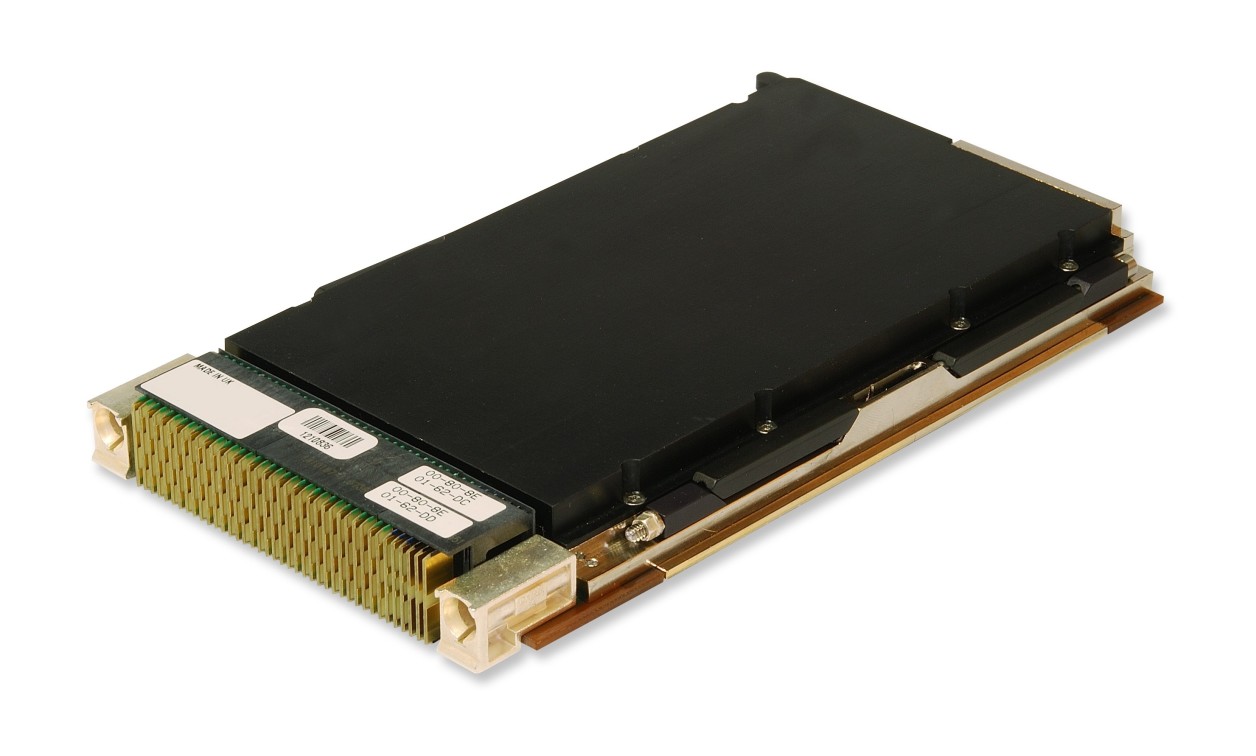Abaco Announces New 3U OpenVPX Rugged Single Board Computer
Press ReleaseMay 06, 2019

Combines High Performance, Advanced Security and Leading Edge Thermal Management
April 9 2019 – Abaco Systems today announced the SBC3511 3U OpenVPX rugged single board computer, which provides a unique combination of high performance, advanced security and leading edge thermal management. Target applications for the new platform include C4ISR (Command, Control, Communications, Computers, Intelligence, Surveillance and Reconnaissance) and the most demanding industrial applications. The SBC3511's high performance derives from the new, highly integrated Intel® Xeon® E-2176M 6-core/12-thread processor (formerly known as Coffee Lake) operating at 2.7GHz with TurboBoost up to 4.4GHz, 32 GBytes of DDR4 RAM and the inclusion of up to 256 GBytes of nVME SSD. It also features a 40 Gigabit Ethernet data plane, delivering not only a high speed interconnect but also alignment with the SOSA™ technical standard.
SOSA - Sensor Open Systems Architecture - creates a common framework for transitioning sensor systems to an open systems architecture, based on key interfaces and open standards established by industry-government consensus.
The new single board computer includes a range of security features designed to assist with user-defined Anti-Tamper and Information Assurance strategies. The onboard Xilinx® Zynq® UltraScale+™ MPSoC's built-in security capabilities include a physical unclonable function (PUF), user-accessible hardened cryptographic blocks, asymmetric authentication, side channel attack protection, and other silicon-based AT features. It can be utilized to instantiate a range of Abaco-defined security features, or by customers to embed application-specific features. Support is also provided for Intel's Trusted Execution Technology.
The SBC3511 features a unique thermal management design which allows deterministic high performance even at the extended temperatures typical of deployment on space-constrained platforms in combat zones. This is in contrast to less efficient thermal management designs that see a processor's performance throttled back at high temperatures.








